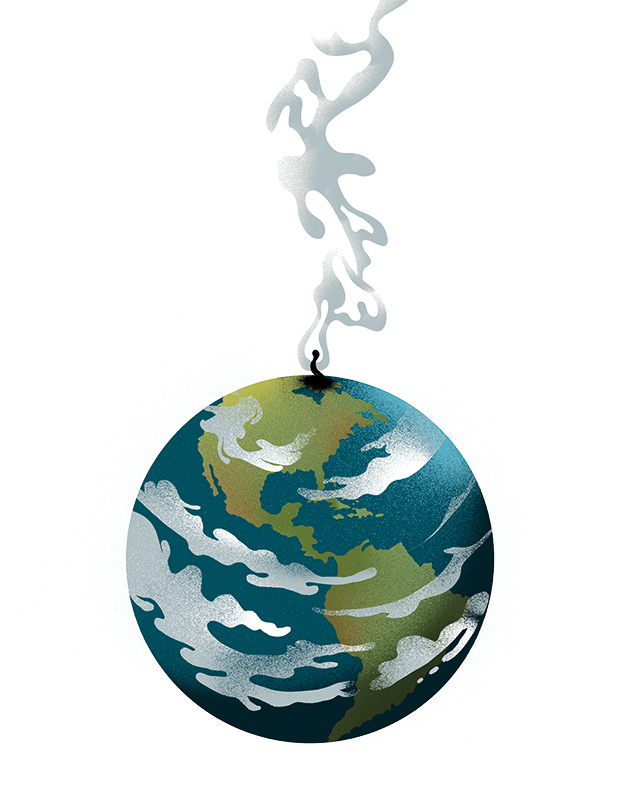The latest move in Anne Hidalgo’s war on cars has left Paris motorists teetering on the edge of despair. Last week, the city’s left-wing mayor reduced the speed limit on the Périphérique, Paris’s critical eight-lane motorway, to a crawl-inducing 30 mph. For the thousands of suburban commuters who rely on it, it’s made the daily grind unbearable, cementing Hidalgo’s disdain for anyone daring to drive in the capital. And just to make life even harder, she’s banned diesel sales near the ring road. London motorists better hope Sadiq Khan doesn’t steal any of Hidalgo’s latest ideas for his own crusade against cars.
Paris has become a ‘gridlock city’, where driving has become a daily grind with no relief in sight
Driving through Paris now feels like being trapped in an endless traffic maze. Once manageable commutes have turned into soul-crushing marathons. Streets in central Paris have been deliberately reconfigured into confusing labyrinths to block through traffic, while the Périphérique, which used to be a lifeline, moves at a snail’s pace. Paris has become a ‘gridlock city’ with no relief in sight.
Hidalgo’s policies are designed to make driving in Paris as punitive as possible. One of her most symbolic moves has been the complete closure of Rue de Rivoli to cars, with no fewer than three bike lanes now running along this once-bustling artery. According to the local business association, more than 40 shops have closed along Rue de Rivoli since the changes were made, as the lack of car access has driven away shoppers. The association has warned that these closures are a direct result of reduced accessibility, leading to deserted storefronts and struggling businesses.
Paris recently implemented a ban on the sale of diesel fuel at four stations on the outskirts of the city ring road, which accounted for half of all diesel sales by volume in the capital. The longer-term plan is to eliminate diesel vehicles from Paris entirely. All of this particularly affects suburban and rural drivers who rely on diesel vehicles for long commutes. A ban is likely to face legal challenges, as critics argue it disproportionately targets those who can’t afford alternative vehicles.
Parking fees in Paris add further insult. In central Paris, larger vehicles like SUVs face a staggering £190 for parking over six hours. Even for smaller cars, a full day’s parking costs around £63. The shrinking number of parking spaces exacerbates the problem, with many being replaced by bike lanes and pedestrian zones, leaving drivers circling endlessly in search of a spot. For suburban residents, who rely on their cars because public transport is unreliable or non-existent, commuting has become a daily endurance test.
While Hidalgo’s policies have earned her applause from the global progressive elite, they’ve done little to help ordinary Parisians. Paris is increasingly a city tailored for bobos – bourgeois-bohemians – affluent, left-leaning residents of central districts who can easily glide around by bike or metro. For them, Hidalgo’s green policies are a triumph. But for the working class, especially suburban tradespeople and commuters, the city is becoming an inhospitable place to live and work.
Public transport doesn’t reach many parts of the outer suburbs, leaving these residents with no real alternative but to drive. Hidalgo’s policies punish those without access to decent public transportation and fail to account for the realities of living outside the city centre. Without significant improvements in transit infrastructure, cars remain indispensable for those on the outskirts of Paris.
This war on cars isn’t just affecting commuters. Businesses in central Paris, once reliant on suburban shoppers, are feeling the pinch. Deterred by heavy traffic, high parking fees, and the endless hunt for a parking spot, many shoppers are simply staying away. Pedestrianised zones may look idyllic for tourists and cyclists, but they’ve turned once-busy commercial districts into ghost towns. Shops are shuttering, and what pleases the tourists is killing the local economy.
Anne Hidalgo’s aggressive anti-car measures in Paris may offer a preview of what London commuters could experience under Mayor Sadiq Khan. Khan has expressed admiration for some of Hidalgo’s policies, particularly her decision to significantly raise parking fees for SUVs, which he described as ‘innovative’ in February. Khan has made it clear that he supports adopting successful policies from other cities to tackle air pollution, stating, ‘I’m a firm believer in stealing good policies.’ It’s not hard to imagine London following a similar path, turning once vital streets into a gridlocked nightmare for anyone who dares to drive.
Hidalgo’s relentless push for international praise has come at a high cost for her own citizens. Her environmental crusade may be popular with the global elite, but everyday Parisians, especially the working class, feel abandoned. The frustrations of endless gridlock, sky-high costs, and shrinking mobility have highlighted the growing disconnect between Hidalgo’s administration and the very people who live and work in Paris.
This divide was brutally exposed during her disastrous 2022 presidential campaign, where she managed less than 2 per cent of the national vote – an embarrassing result for a sitting mayor of Paris. Even in her supposed stronghold, she was roundly rejected. While she earns plaudits abroad for her climate and immigration policies, her failure to address the concerns of her own citizens has cost her dearly at home.
Hidalgo’s handling of the 2024 Olympics epitomises the widening gap between her and the people of Paris. While the Games were a glittering success for her image on the global stage, they created utter chaos for locals. Many Parisians fled the city to avoid the congestion, leaving tourists and the international elite to enjoy the spectacle. The Olympics might have been a win for Hidalgo, but it was a stark reminder that Paris is becoming a city for outsiders, not the people who call it home.
Anne Hidalgo’s policies have transformed Paris into a city of gridlock and frustration for its motorists. Her war on cars, obsession with international praise, and blind pursuit of progressive ideals have alienated ordinary Parisians, particularly those who rely on their vehicles to live and work. As Paris becomes a playground for the global elite and a nightmare for commuters, the city risks losing its soul – and its identity as a place for its own people.








Comments